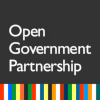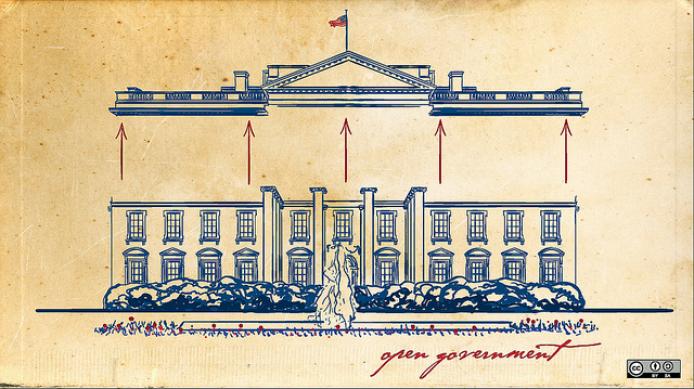US: Civil Society Draft a Model 2nd National Action Plan
In preparation for the US’ consultation process for drafting the 2nd National Action PlanAction plans are at the core of a government’s participation in OGP. They are the product of a co-creation process in which government and civil society jointly develop commitments to open governmen... (NAP), civil society organizations (CSOs) are working to draft the kind of ambitious commitments that will help the government make substantial progress towards openness. The project is being organized by OpenTheGovernment.org, a coalition of 80+ organizations with a stake in the US’ transparencyAccording to OGP’s Articles of Governance, transparency occurs when “government-held information (including on activities and decisions) is open, comprehensive, timely, freely available to the pub... More policies and the group acting as the primary CSO coordinator.
As part of the effort, the organization worked to make sure CSOs that were not engaged previously had an opportunity to provide input. The goals of the project are:
Improve the Consultation Process and Collaboration.
Since the government has considerable more time to draft the 2nd NAP, we want to make sure there is a more formal structure for civil society organizations to let the government know what issues it needs to address in the next NAP, and specify what steps it should take to make significant progress over the next few years. Drafting commitments helps CSOs think through their priorities, and creates a platform to begin discussing the next plan with the Administration.
Early indications are that the project is helping us meet this goal. Administration officials were enthusiastic about the first draft of the CSO-drafted plan, and suggested we add language explaining the “effect” of each commitment. While people who work a lot on issues related to foreign aid know that making more foreign aid data available in a standard format will help citizens know more about the government’s funding choices, allow recipient governments to better manage aidMore and better information about aid helps partner countries and donor institutions plan and manage aid resources more effectively, parliaments and civil society to hold governments accountable for t... and other resources, and enable greater donor coordination, the benefit may not be automatically obvious to others. The new language will help Administration officials understand and explain to others why making the commitmentOGP commitments are promises for reform co-created by governments and civil society and submitted as part of an action plan. Commitments typically include a description of the problem, concrete action... is important.
Make “Stretch” Goals within Reach.
One of the components of the commitments being drafted by CSOs is a section that describes a specific timeline and benchmarks. Timelines and benchmarks are useful both for helping civil society organizations be realistic about what the government could accomplish in a one to two year timeframe. More importantly, though, it is intended to show the government how much it could really accomplish. In our final evaluation of the US’ efforts to implement the 1st NAP, we criticized the 1st NAP’s commitments for not being bold. The CSO-drafted plan makes it clear that commitments should go well beyond what the Administration already accomplished and more concrete.
Increase Accountability.
Another benefit of the CSO-drafted plan is that civil society organizations and the public will be able to easily see what, if any, of their input the US incorporates into the 2nd NAP. Organizations will have a baseline against which to judge the Administration’s 2nd NAP. OpenTheGovernment.org has set up a website to let the public see civil society’s recommendations. Visitors can also use the site to make comments on any suggested commitment and add their name to the list of “endorsers.”
Image credit: Open White House by opensource.com via Flickr

